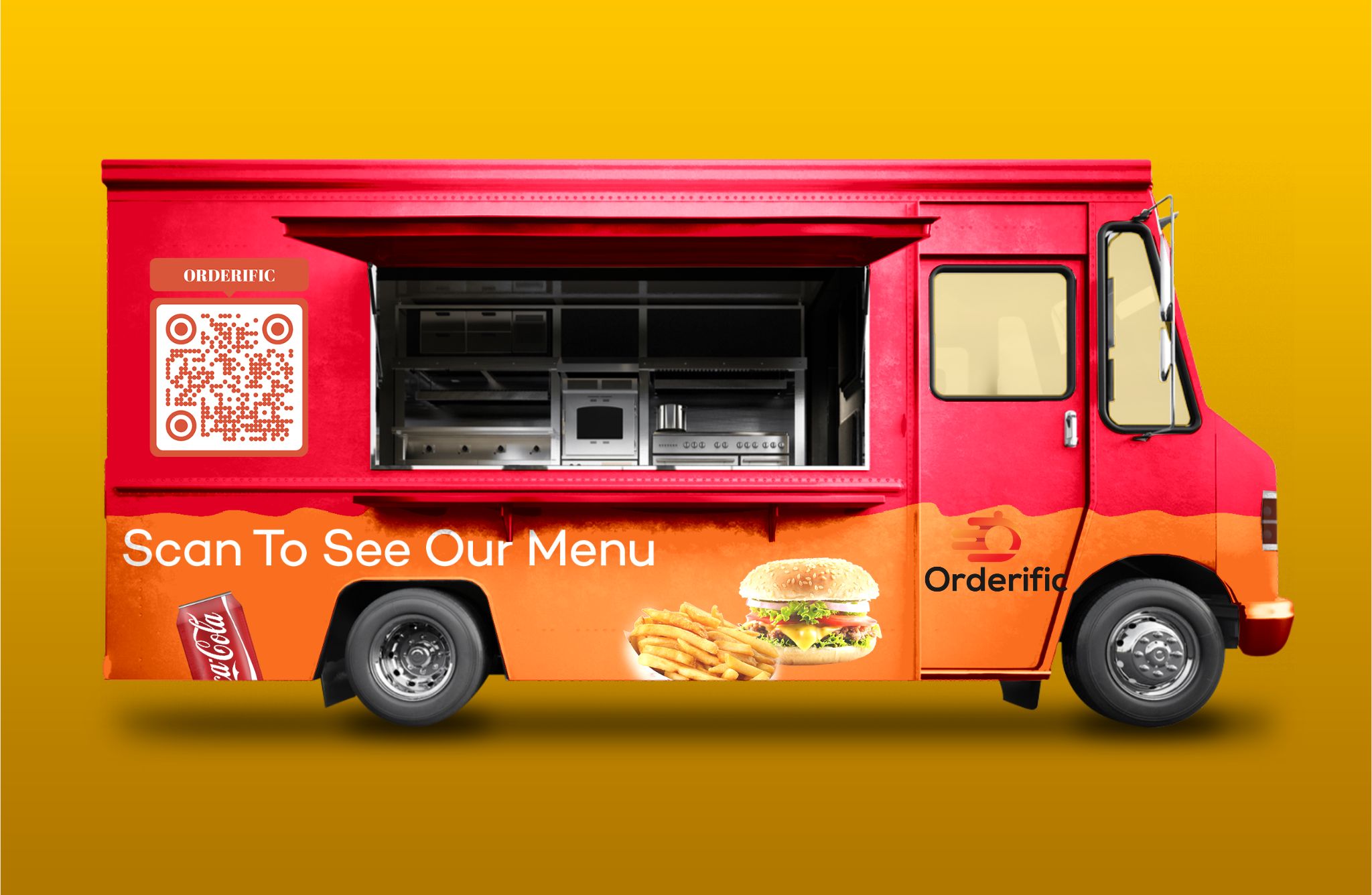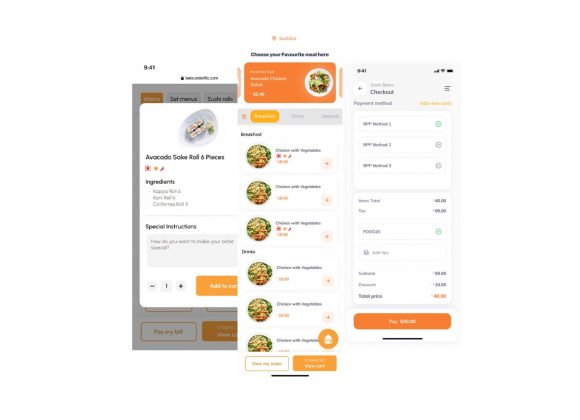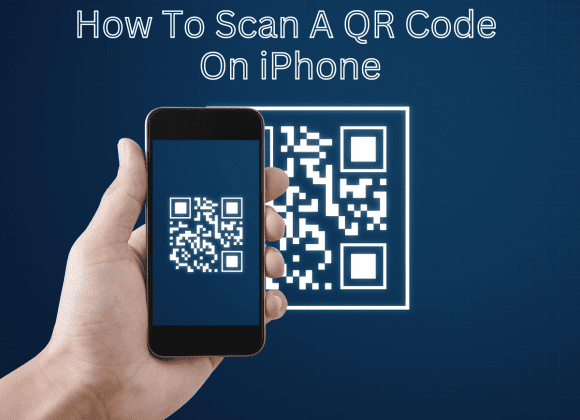
QR codes are a short form for Quick Response code. They are two-dimensional barcodes that encode information about a product or service when scanned with a smartphone camera and interpreted by an application. Like traditional barcodes, QR codes can be used for many purposes, including tracking inventory and storing website URLs. So here is everything marketers should know about QR codes!
The unique feature of QR codes is that they can be read from nearly any angle. Which means you can use them in promotional materials without worrying about painstakingly lining up a shot. This makes them ideal for marketing to consumers who aren’t interested in being tracked or advertised. They’re just looking to get what they came into the store for as quickly as possible and go on with their day. The lack of friction in getting information from a QR code means it’s much easier for consumers to access your offer than if you’d just posted their information online. This article will cover everything you need to know about these codes.
How do I scan QR codes?
There are several ways to scan a QR code. The two common ways to scan QR codes include using your smartphone’s built-in camera app or an app from the App Store.

The first step is opening the app you want to scan the code with. Then, point it at the QR code so it can scan it.
When you point your phone at a QR code, the app will automatically detect and begin scanning. If this doesn’t happen, try turning off other apps that might be running in the background, such as Mail, or adjust your phone’s brightness settings until you see a clear image of the code on the screen.
Ways scammers and hackers exploit QR codes
Early in 2022 the FBI released a notice mentioning how hackers are tampering with legitimate QR codes and redirecting victims to malicious sites in attempt to steal information. The attacker may use social engineering tactics to convince people to scan their QR code, including:
QR code phishing attacks on emails
This attack combines social engineering using deception with QR codes to access the victim’s email account. The attacker sends an email with a malicious QR code attached and a message asking the recipient to scan it. When someone scans the code, they’ll be taken to a fake login page where they’re asked for their email address and password. If they enter their information here, it will go directly to the attacker’s server rather than their real account provider’s website.
Replacing genuine QR codes in public places with malicious codes
Scammers often use this method to install malware on victims’ devices. For example, a user will scan an innocent-looking QR code on a poster and be taken to an official website for a well-known brand. However, the website is fake and designed to trick victims into downloading malware from an infected site or by email. Once installed, the malware will run silently in the background until it has gathered enough data about the victim’s activities or accesses sensitive data such as banking credentials. This can happen even if the victim does not enter personal details. Simply visiting websites that this kind of attack has compromised can be enough for hackers to gain access to your data.
Financial Theft
QR codes can steal financial information such as credit card numbers and bank account login details. A user scans the QR code on a website or advertisement, redirecting them to another site that asks for their login credentials. This allows malicious actors to capture sensitive information like credit card numbers or bank account login details.
Clickjacking using QR codes
A new clickjacking attack has been discovered that uses a website’s QR code to launch an invisible web browser window to capture user clicks without realizing it. The attack works by using HTML5’s postMessage API to communicate between the browser and the background script to launch an invisible browser window behind the main one.
Best practices for businesses To Avoid scammers and hackers exploiting QR codes
Custom brand your QR code
The easiest way to avoid hacking is to design a custom QR code for your business. This makes it harder for hackers to get around your security measures. It also makes it more likely that consumers will trust the code and use it.
SSL-certify your webpage
If you’re offering users a form through your website where they can type out their email address and receive a link back from you, do it securely! This means ensuring any information is encrypted before being sent over the Internet. If someone were able to intercept this data, they could potentially steal users’ email addresses.
Invest in a compliant QR code generator
The next step in protecting yourself against hackers is to invest in a compliant QR code generator. A compliant generator will automatically generate secure QR codes that adhere to all relevant regulations and industry standards. This helps ensure that your customers didn’t get to security risks while they scan your QR code, which can be particularly damaging when it comes to sensitive information like bank details or passwords.
Opt for QR password protection
A password-protected QR code protects against hackers because it requires users to enter a specific set of characters before they can access any information within the code. This ensures that only those who know the password can access this information.
Use an SSO-enabled QR code generator.
A single sign-on (SSO) service provider offers a secure method for generating access tokens through OAuth 2.0 protocols. It allows users to authenticate their accounts without needing to create new passwords or re-enter their password every time they log in from different devices or browsers, thus protecting them from phishing attacks where hackers try to steal their credentials by posing as legitimate websites.
What are the parts of a QR code?
Quiet Zone
The quiet zone is a non-printing white area at the start and end of every QR Code. It has no data content but allows minor scanning errors due to shift or scale.
Finder pattern
The finder pattern is a sequence of alternating black and white modules within the quiet zone that allows an imaging scanner to detect the presence of an embedded code. The number of black and white modules in each row varies from one standard version to another. This allows older scanners to identify newer versions of the standard.
Alignment pattern
The alignment pattern is a sequence of black modules that defines the x-dimension (width) and y-dimension (height), as well as indicating which direction is “up.” This information allows an imaging scanner to correctly orient and decodes a QR Code symbol without first identifying the finder patterns or determining its size or aspect ratio.
CONCLUSION

Knowing how to market to consumers is more important than ever in today’s digital world. With this in mind, using QR codes may be an effective marketing strategy for your company. Take the time to educate yourself on a QR code and how to use it effectively. This way, you can be sure that you are making the most of QR codes for marketing.
Visit Orderific website for more information like this!
FAQs
What is the use of QR codes in marketing?
QR codes in marketing are used to engage customers by linking to websites, videos, coupons, or product information
What are important facts about QR codes?
Important facts about QR codes include their ability to store data, ease of use with smartphones, versatility in various applications.
How to incorporate QR codes in your digital marketing strategy?
To incorporate QR codes in your digital marketing strategy, use them to drive traffic to your website, and offer promotions.
What are 3 other benefits of QR codes for a company?
Other benefits of QR codes for a company include improved customer convenience, and reduced printing costs.












